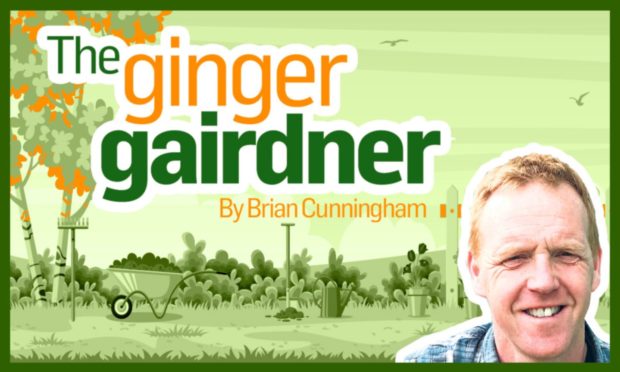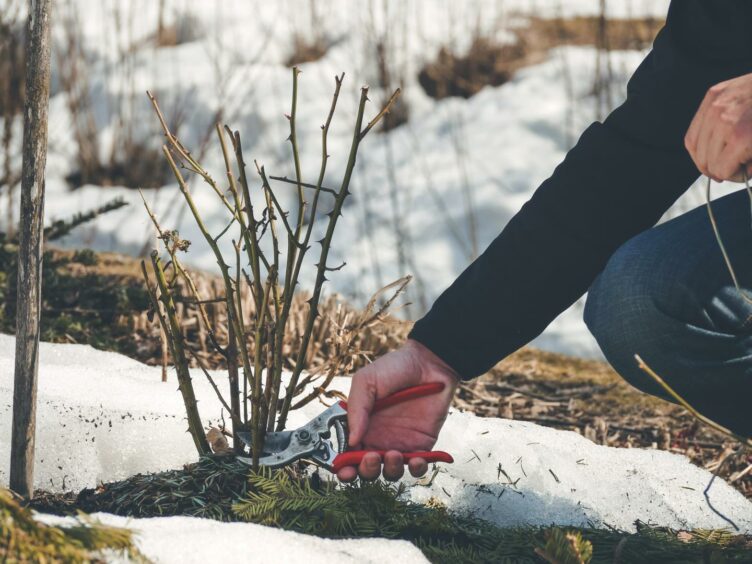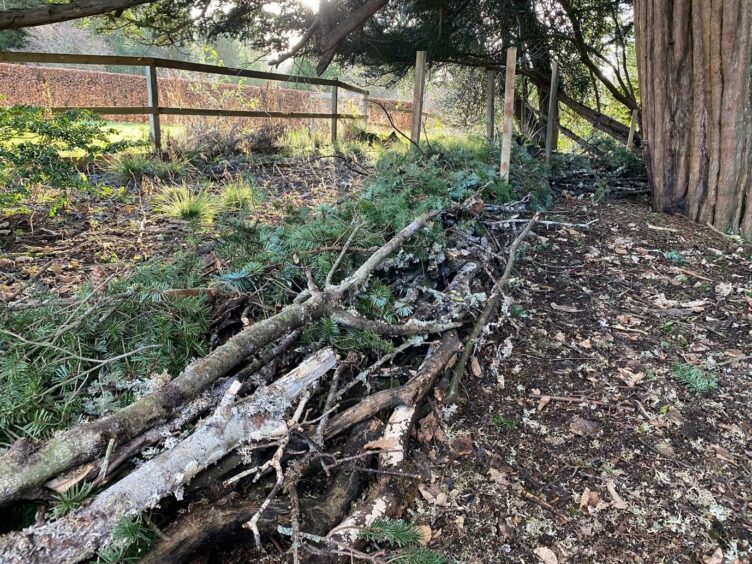I like taking advantage of the cold days and dark nights at this time of year when I can’t get out to the garden.
I use the time to catch up with gardening magazines and books I’ve stockpiled over the previous weeks and months.
I’ll confess I’m a nightmare for this. I’ve cut down now but I used to subscribe to about half a dozen magazines a month.
I barely got a chance to read any of them as I was too busy outside and getting on with gardening work I was wanting to read about!
Everything you need to know
It’s great how there are magazines out there to cover all aspects of horticulture from general interest to specific topics such as garden design and veg growing.
I’m genuinely interested, wanting to read more and learn all I can about my trade.
I also think I got all those magazines as I was scared I was missing out on a vital piece of information.
But I’m starting to mellow with age now, and I know I’ll pick up these gardening nuggets all in good time.
Now just limit myself to a couple of my favourite magazines a month. Well, sort of…
I like reading Gardening News which comes weekly and keeps me up to date with the latest stories.
As much as it frustrates me that the RHS don’t have any significant presence in Scotland, they are the gospel, in my eyes, on best horticultural practices.
If only there was more for us northerners
They usually provide a bit more depth of information, and regular valuable features from one of their specialist gardens.
These could be on plant trials or how to garden with all the climatic and sustainable issues in mind – I only wish they were doing something similar and more relevant for us northern gardeners.
The last magazine I pick up is Gardens Illustrated which looks into some of the world’s inspiring gardens.
This is my absolute dream magazine, when I flick through the pages I just fantasise about all those planting styles and combinations, set in stunning landscapes I want for my own.
The photographic work of Ray Cox, from the Perthshire family of horticulture experts, feature in this and other garden publications.
They are so good they make me feel I’m stepping through the pages into them.
Even though these magazines may feature larger and grander gardens than my own there’s nothing stopping me replicating the odd image or two at home.
I did say that was the last magazine but I must confess to getting a couple on digital format.
Both focus on Scotland and are sent direct to my email inbox and for free!
A Biochar Kiln – if only!
Scotland Grows and the Scottish Gardener contain excellent gardening and design advice directly from folk who also understand the challenges we are facing.
Then there’s the gift ideas in magazines that can catch the eye – on in particular is intriguing me.
It’s a Biochar Kiln, which would allow me to produce my very own material from all the tree debris left over from Storm Arwen.
Biochar has been used by the indigenous inhabitants of the Amazon to help improve the fertility of their poor and acidic soil through adding charred, organic matter.
As us gardeners look for ways to produce our growing composts without using peat, I’m intrigued by these soil-improving qualities.
However at £700 I may initially have to carry out experiments using some of the ready-made material.
That still leaves the dilemma of what to do with the numerous branches on the ground from fallen trees.
I’d normally hire a wood chipper; the resulting chips are perfect for lining the paths between my no-dig beds in the veg plot.
Sustainable is the goal
Or I might leave them in a heap to decompose for a good six months before using them as a mulch around the base of trees.
As I try to garden as sustainably as possible, this method has its positives.
I’m now looking to go even further and this week made my first dead hedge.
I drove a parallel line of stakes in the ground every couple of metres then laid and packed the branches lengthways in between them.
A home for wildlife
To make this more of a feature I was also able to add a wee curve to the line.
As the hedge slowly decays it will also provide food and shelter for wildlife such as hedgehogs.
I found constructing this one of the most satisfying jobs I’ve done in years, as while I was building it a sparrow and robin were already showing interest in making this their new home.













